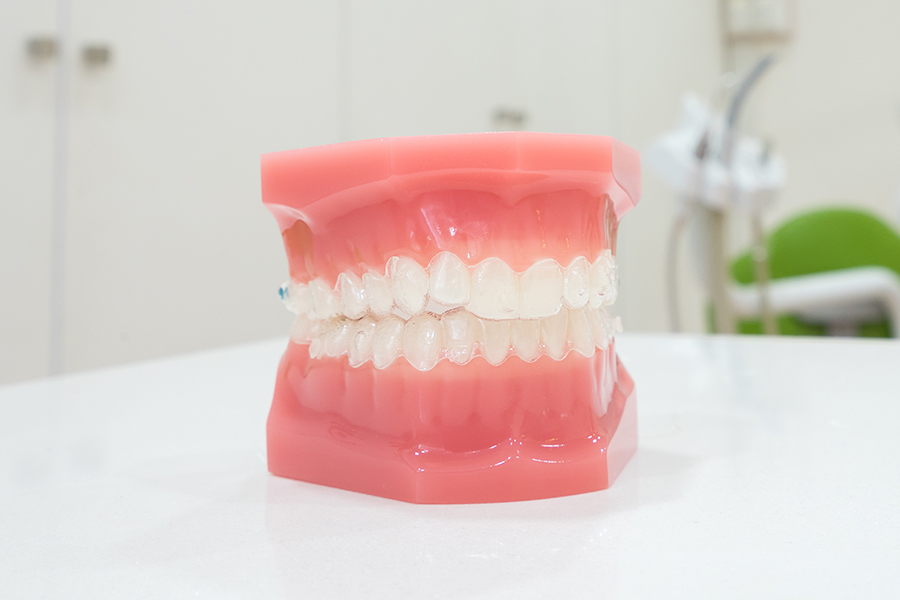Understanding the Different Types of Bipolar Disorder

Bipolar disorder is a type of mental illness characterized by extreme mood shifts. Although most people experience subtle mood swings regularly, bipolar disorder is quite different. Biological differences in the brain, genetic influences, and imbalances of neurotransmitters all combine to cause what feels like uncontrollable highs and lows that can affect day-to-day functioning, relationships, and essentially every aspect of life. Although bipolar disorder is a lifelong battle, with appropriate treatment it is possible to manage.
One of the key aspects of determining what appropriate treatment might be includes knowing which type of bipolar disorder you're dealing with. Here’s a look at the different types of bipolar disorder.
Types of Bipolar Disorder
Dealing with bipolar disorder doesn’t mean that you are constantly wildly energetic or immovably depressed all of the time. Periods of normalcy often follow—although the loss of energy and the “happiness” of coming back to earth after a manic period can be difficult to deal with on their own. Bipolar disorder is generally diagnosed as one of two types: bipolar I, bipolar II.
- Bipolar I Disorder (Manic)
Bipolar I is diagnosed when at least one period of mania lasting at least seven days occurs. Although episodes of depression may also be present, manic periods are the defining characteristic of bipolar I. - Bipolar II Disorder (Depressive)
Bipolar II, on the other hand, does not require periods of mania. Diagnosis requires episodes of major depression lasting at least two weeks before or after a period of hypomania of at least four days. Fully manic periods are not a characteristic of bipolar II, although an episode of mania or hypomania must have occurred in order to for either bipolar disorder to be an accurate diagnosis. - Bipolar Disorder Not Otherwise Specified
In some cases, a person may experience periods of high energy that aren’t quite mania or hypomania. Or, symptoms may not meet the exact clinical guidelines required to be appropriately diagnosed with one of the two types. This may lead to a diagnosis of bipolar disorder not otherwise specified.
Cyclothymic Disorder
Cyclothymic disorder, or cyclothymia, is a separate but similar disorder. Although it too is characterized by extreme mood changes, it is typically less severe than bipolar disorder. This doesn’t mean it can’t cause issues, though. Although the highs and lows may not be as intense as those present with bipolar disorder, they can still be difficult to manage alone and may cause disruption in daily function, if to a lesser degree. What’s more, cyclothymic disorder can be a risk factor for the later development of bipolar disorder. If you suspect you may have bipolar disorder or cyclothymia, don’t hesitate to reach out for help.








